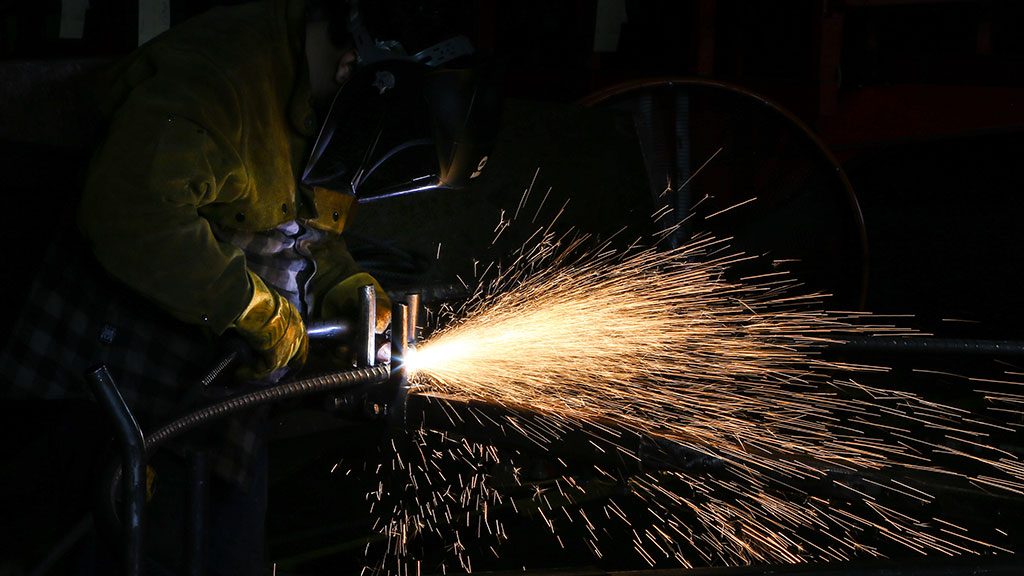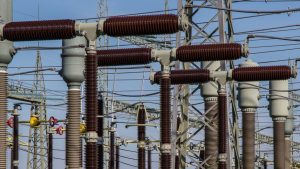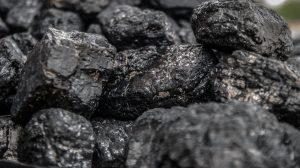TORONTO – Federal duty relief on components headed for two LNG projects is raising the ire of the steel industry.
In an August 9 release, the federal ministry of finance welcomed Woodfibre LNGŌĆÖs announcement it had placed an order for a cryogenic heat exchanger and said the government would provide relief from duties on fabricated steel contained in both modules for both the Woodfibre LNG and previously announced LNG ║┌┴Ž│į╣Ž═° project.
ŌĆ£These modules are key components used in the construction of LNG facilities, and relief is being provided because modules of the size and complexity required for these projects are not available in ║┌┴Ž│į╣Ž═°,ŌĆØ the government release stated, adding that ŌĆ£remission of anti-dumping and countervailing duties is generally provided only in situations where there are exceptional circumstances, such as domestic short supply.ŌĆØ
Canadian Institute of Steel Construction (CISC) CEO Ed Whalen said the decision is a ŌĆ£hundreds-of-thousands-of-jobs-lost kind of mistake.ŌĆØ
ŌĆ£The LNG ║┌┴Ž│į╣Ž═° project is $40 billion, and Woodfibre LNG is around $2 billion. The reason 90 to 95 per cent of that value will go to China is the process of modularization. The guts of what goes into the projects will be manufactured and produced in China,ŌĆØ Whalen said.
Whalen explained that using modular construction for the projects in Kitimat makes sense due to the proximity of the projects to the ocean, but ŌĆ£while in principle thatŌĆÖs a great idea, what we have in play with industrial and even commercial projects is that the modules donŌĆÖt need to be built near the project.ŌĆØ
ŌĆ£But with heavy construction, modular yards arenŌĆÖt that far away. With Fort McMurray for example, the heaviest concentration of labour is in Edmonton,ŌĆØ he added.
Kitimat doesnŌĆÖt have the size restrictions inherent with the oilsands, Whalen added, because instead of navigating winter roads, large modules can be loaded onto ships and transported directly to worksites.
ŌĆ£ThereŌĆÖs nothing technical about it, it just depends on size of land where you build it. They are building that type of capability in Kitimat and could have built modular yards closer and have the same capacity to get (modules) off and on ships,ŌĆØ he said.
Whalen also took issue with the governmentŌĆÖs referring to the previous duties as ŌĆśtrade barriersŌĆÖ in their announcement.
ŌĆ£For the Government of ║┌┴Ž│į╣Ž═° to call their own fair-trade process a trade barrier is dumbfounding. This statement will send shock waves across all Canadian industries contemplating future capital investment and their viability in ║┌┴Ž│į╣Ž═°,ŌĆØ he said.
The Canadian International Trade Tribunal (CITT) implemented duties in 2017 under the Special Import Measures Act on fabricated structural steel and modules when it was determined dumped fabricated industrial steel components from China, South Korea and Spain had harmed ║┌┴Ž│į╣Ž═°ŌĆÖs domestic injury. An appeal of the decision is currently pending in the Federal Court of Appeal. ┬Ā
ŌĆ£This could be a game changer. If this is permitted to continue, weŌĆÖll lose construction and construction trades in ║┌┴Ž│į╣Ž═°, and there wonŌĆÖt be a skill shortage of construction in ║┌┴Ž│į╣Ž═° because there wonŌĆÖt be construction in ║┌┴Ž│į╣Ž═°,ŌĆØ Whalen said.
ŌĆ£The benefit and boon that weŌĆÖll see to the economy (from LNG) wonŌĆÖt happen at all,ŌĆØ he added.
The August 9 government release stated the Woodfibre LNG project would ŌĆ£create more than 650 jobs during construction, with more than a 100 of those jobs continuing once the project is operational. It will also provide significant economic opportunities for local Indigenous communities and contribute to the areaŌĆÖs long-term economic growth.ŌĆØ











Recent Comments
comments for this post are closed